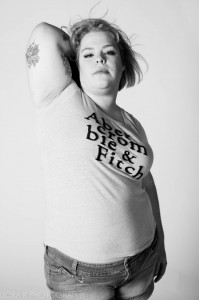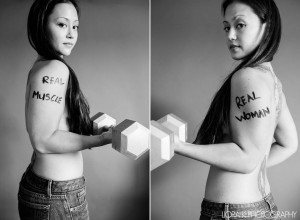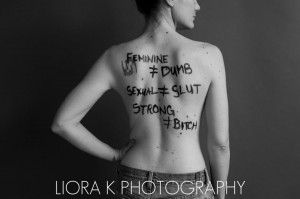One year ago, I found CB I Hate Perfume during a Brooklyn stroll. I’ve long had snow on the brain not knowing I could hit it with a stone. Partly bred in Brooklyn, this siren was delighted to discover the mastermind of an award-winning, famous fragrance in her backyard. Now doubly delighted at the chance to meet Christopher Brosius in December–the month to discuss scent, semblance, sanity and a four letter ‘s’ word.

Image courtesy of WikiMedia Commons. “Schneekristalle” Source: German Wikipedia, original upload 23. Okt 2004 by MatthiasKabel (selfmade) (http://commons.wikimedia.org/wiki/File:Schneekristalle.jpg)
“Perfume is too often an ethereal corset trapping everyone in the same, unnatural shape…An opaque shell concealing everything–revealing nothing…An arrogant slap in the face from across the room…People who smell like everyone else disgust me.” ~ CB
December–the month to discuss scent, semblance, sanity and a four letter ‘s’ word.
Tweet this!
Me: The sense of smell? How? Why?
CB: Those especially fascinated by the psychology of smell: read Rachel Herz.
Me: How does smell effect us?
CB: While we’re constantly using our sense of smell, we very seldom–if at all–notice the impact smell has on our lives. I know of an individual who lost his ability to smell and suffered emotional trauma and depression. I know of an adult who was born without the ability to smell and through a surgical operation acquired the sense of smell. He couldn’t leave his house–the smell of everything, everywhere, was overwhelming. He hadn’t had the chance to assign qualifiers like “good” or “bad” to scents, so everything he smelled seemed overpowering and repulsive, including food.
“…we very seldom–if at all–notice the impact smell has on our lives.”
Tweet this!
“I know of an individual who lost his ability to smell and suffered emotional trauma and depression.”
Me: Demeter.
CB: Mmm.
Me: You’re moving.
CB: We intend to bring more art through our new space. We’ve got ideas.

Mihail Simonidi (1870 – 1933) – Winter perfume. Image courtesy of WikiMedia Commons. This work is in the public domain (http://commons.wikimedia.org/wiki/Commons:Copyright_tags#United_States)
Me: New flowers in the house.
CB: Some florals are nearly impossible to replicate due to their depth. Take tuberose, for example. I’m very pleased with this line. Granted, they’re not inexpensive due to the high cost of materials needed to produce these fragrances. Nor are they for the faint of heart due to how they differ from their commonly conjured synthetic counterparts.
Me: Winter 1972. A signature snow scent.
CB: Each fragrance conjures up different emotional reactions that may be tied to an individual’s memory. “My Birthday Cake” once brought to mind chocolate cake with pink frosted flowers and a hint of candle wax for someone who came through my store. Nothing to do with the plain, simple, unfrosted angel food cake that was my birthday cake. It’s great when someone hones into a scent and owns it.
“Each fragrance conjures up different emotional reactions that may be tied to an individual’s memory.”
Tweet this!
Me: Your fragrance titles lead with a notion. A simple suggestion can lead far and away from your original intention.
CB: Yes, and that’s wonderful.
Me: Do you have a protégée?
CB: I work with many talented people, but I can’t teach anyone what is in my head nor the way I work. When I attempt to convey what I want, my hands may wind up above my head while I’m saying “No, this way!”
Me: The devil wears snow?
CB: Yes, sometimes.
Love CB I Hate Perfume? Here’s your chance to show your support.
This interview is not a direct transcript and has been edited for brevity and creativity.
Snow kings and queens: share your comments.









